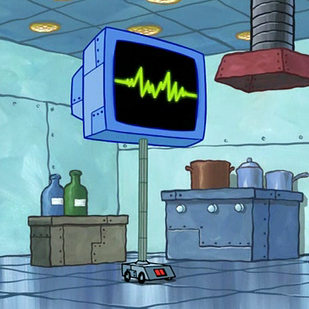Well, here it is. It is time to say good by to my loyal readers. I”ll wipe away a single tear when the time comes to publish this blog post– my last blog post (for this blog).
To begin my reflection on this class, I will start from the beginning. Briefly, I will discuss the content from CTW I. Personally, I enjoyed CTW I more. I felt as is I learned the basics that are more useful in everyday writing and rhetoric. It wasn’t necessarily easier, but I felt that the class discussions were more engaging because everyone was reading the same material whereas in CTW II, we read some but when we got going on our researched topics, class discussions consisted of methods rather than content which was personally less engaging.
Discussing the methods of research became a bit tedious to me looking back at class. Although I enjoyed the content that we studied in the Winter, I did learn a lot with BEAM and Tirabassi that was useful towards the project that both terms ultimately lead to– the researched paper.
What I think the best things that I learned from CTW II is how to use scholarly databases, proper citations, annotate bibliographies, and synthesize authors to make my own point. I think that these concepts stood out to me more than BEAM or exhibit sources and the sort because these are skills that I will certainly use in the future. I will probably use aspects of BEAM but I may not remember the exact terms moving forward. I do acknowledge that my future writing could be enriched by applying those aspects of the course, but realistically, I’m going to forget the exact definitions of BEAM and most likely use similar concepts to prove my point since I know how to do it.
For me, I think that when it came down to it, I placed a greater emphasis on the aspects of writing a researched paper that I considered to be the more essential parts– parts that I had a shaky foundation for like how to use scholarly databases, proper citations, annotate bibliographies, and synthesize authors to make my own point (like I mentioned before). For example, when it came to the researched paper I don’t think I felt like I had a good reason to include my exhibit source from my survey because it’s my topic had changed. I could have made a reach to connect the two so I could include an exhibit source, but I thought that would hinder my project.
Finally, to the good part. The best thing looking back to this course was how well prepared I was to write my researched paper. I was absolutely amazed. Over the two terms, I had picked up things that I didn’t know would really tie together seamlessly so the large project felt as if it wrote itself. I think that the most useful aspect was the annotated bibliographies. I really planned reading the scholarly articles in advance and it helped me tremendously.
The week before the paper was due I was out of town and planned on not working on my paper while I was away. When I got back I had three days to write the twelve paged paper. Naturally, I’m a bit of a procrastinator and I believe working under some pressure is beneficial for me, but I was a little nervous that I was to begin writing 3 days prior to the due date.
But what I didn’t address my fears with was the fact that I had already done so much preparation for the paper. Practically everything lead to the paper so when I sat down and wrote it, It didn’t feel like a chore at all. It even became pleasant because instead of writing for only a professor, the way this project was designed was to add a meaningful voice to the topic. Having a purpose to write the paper made it more rewarding, in turn, influencing me to produce more genuine work.
Well, that is my best personal insight into the course!
Thanks for reading!



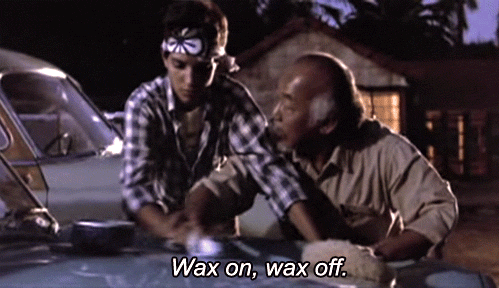






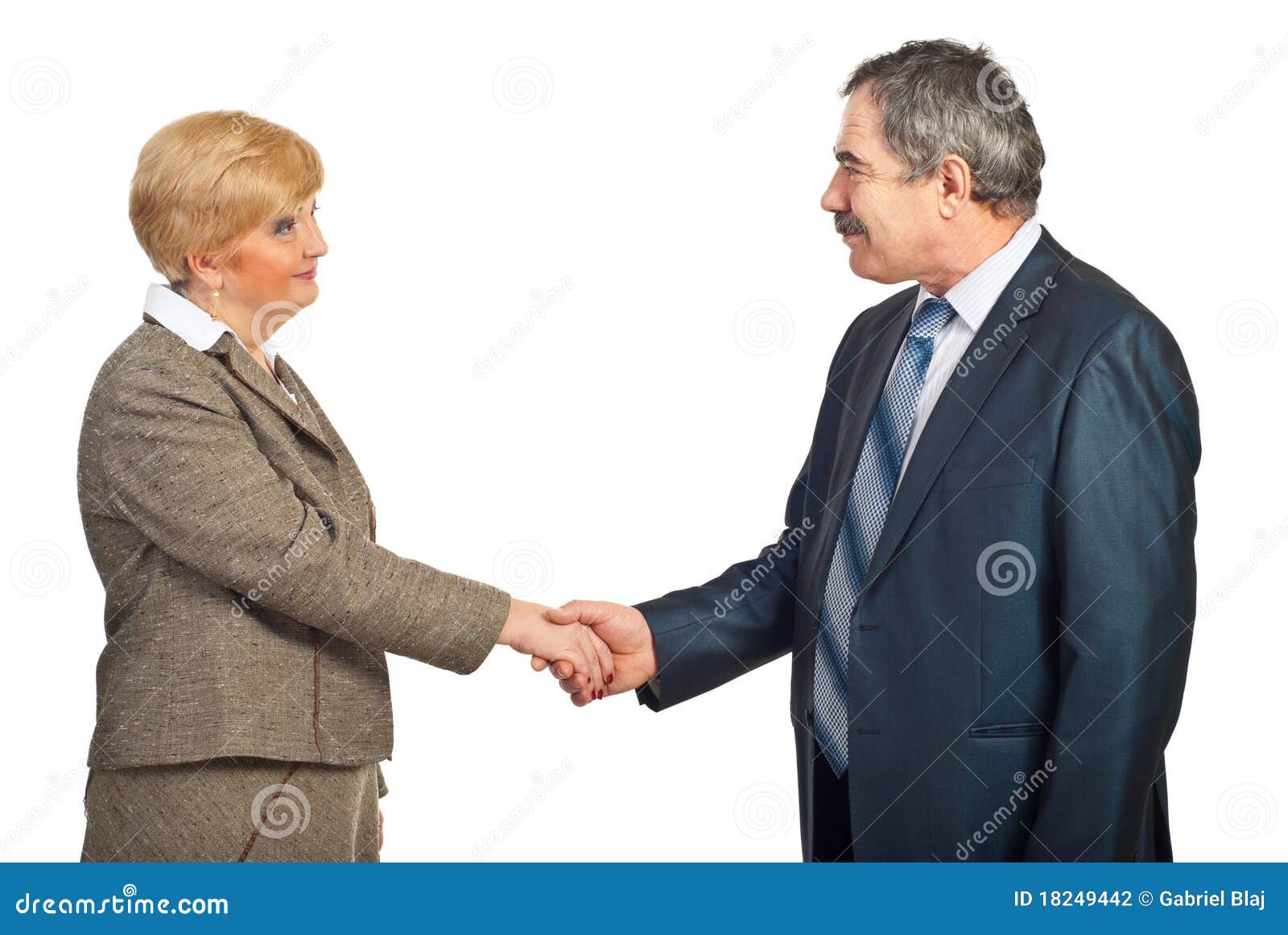



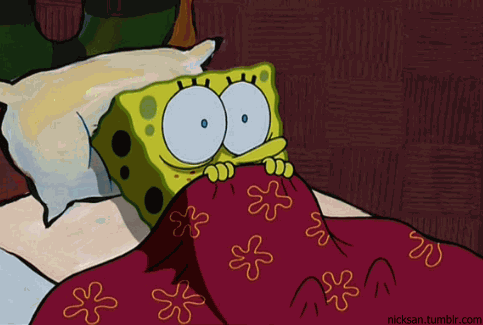





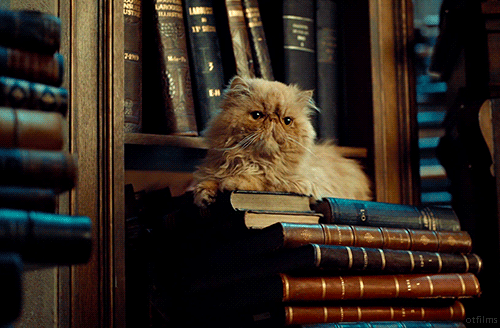
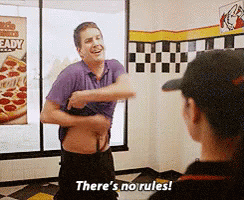



 I organized the last names alphabetically then highlighted the common trends by color.
I organized the last names alphabetically then highlighted the common trends by color.




